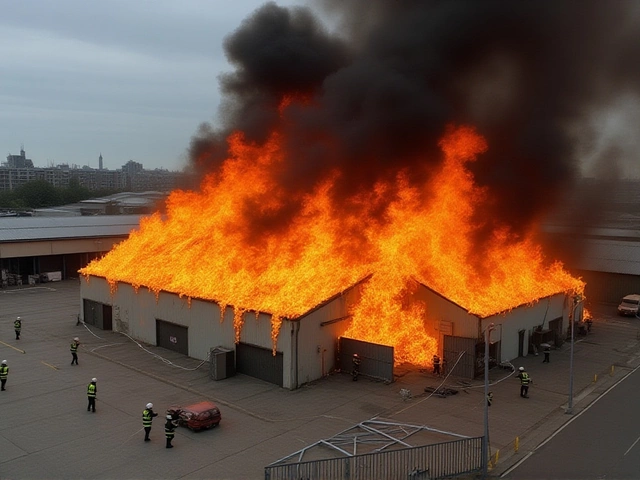Angela Rayner Resignation: What It Means and Why It Matters
If you saw the headlines about Angela Rayner stepping down, you probably wondered what’s next for the Labour Party and UK politics. In plain terms, her resignation shakes up the front‑bench team and opens a slot that could change the party’s direction. Below we break down the key points, why they matter, and what you can expect in the weeks ahead.
Why She Resigned
Angela Rayner announced her departure after a series of intense media scrums and internal pressure. Sources say she faced criticism over recent policy comments and a growing rift with the party leader. The decision also reflects a strategic move to avoid further distraction during a crucial pre‑election period. In short, staying on would have risked more headlines that pull focus from the party’s core message.
Another factor is the upcoming reshuffle. Party insiders hinted that a fresh face could bring new energy to the deputy role, helping the leader re‑brand before the next election cycle. Rayner’s exit gives the leadership room to bring in a candidate who aligns more closely with the current agenda.
What This Means for the Labour Party
First, the vacancy creates a power vacuum that will be filled quickly. Expect a shortlist of senior MPs and possibly a rising star from the youth wing. Whichever name lands the job will signal the party’s priorities – whether they lean toward a more left‑wing stance or a centrist approach.
Second, the resignation could affect the party’s poll numbers. Some voters see the shake‑up as a sign of internal chaos, while others view it as a bold reset. Historically, leadership changes close to an election can either boost enthusiasm or deepen doubt. How the new deputy frames the party’s message will be crucial.
Third, the policy focus may shift. Rayner was known for championing social justice and education reforms. Her successor might pivot toward economic issues, climate policy, or defence, depending on the leader’s strategy. Keep an eye on early speeches – they usually hint at where the party is heading.
Finally, the resignation sends a signal to rival parties. The Conservatives will likely spin the event as evidence of Labour’s instability, while the Liberal Democrats may try to position themselves as the steady alternative. Watching the media narrative will give you clues about how the political landscape will change.
Bottom line: Angela Rayner’s resignation is more than a personal exit; it’s a catalyst for potential reshaping of Labour’s leadership, policy focus, and public image. Stay tuned for the official announcement of her replacement and the next round of policy briefings – those will tell you whether the party is tightening its game plan or still figuring things out.

Angela Rayner quit as deputy PM and housing secretary after underpaying £40,000 in tax, prompting Keir Starmer to push through a rapid reshuffle. Twelve ministers were moved and two ousted, including Ellie Reeves, while Ed Miliband and Rachel Reeves stayed put. Pat McFadden now leads a new growth-focused department. Labour insists it’s not a crisis, but the stakes are high. (Read More)




